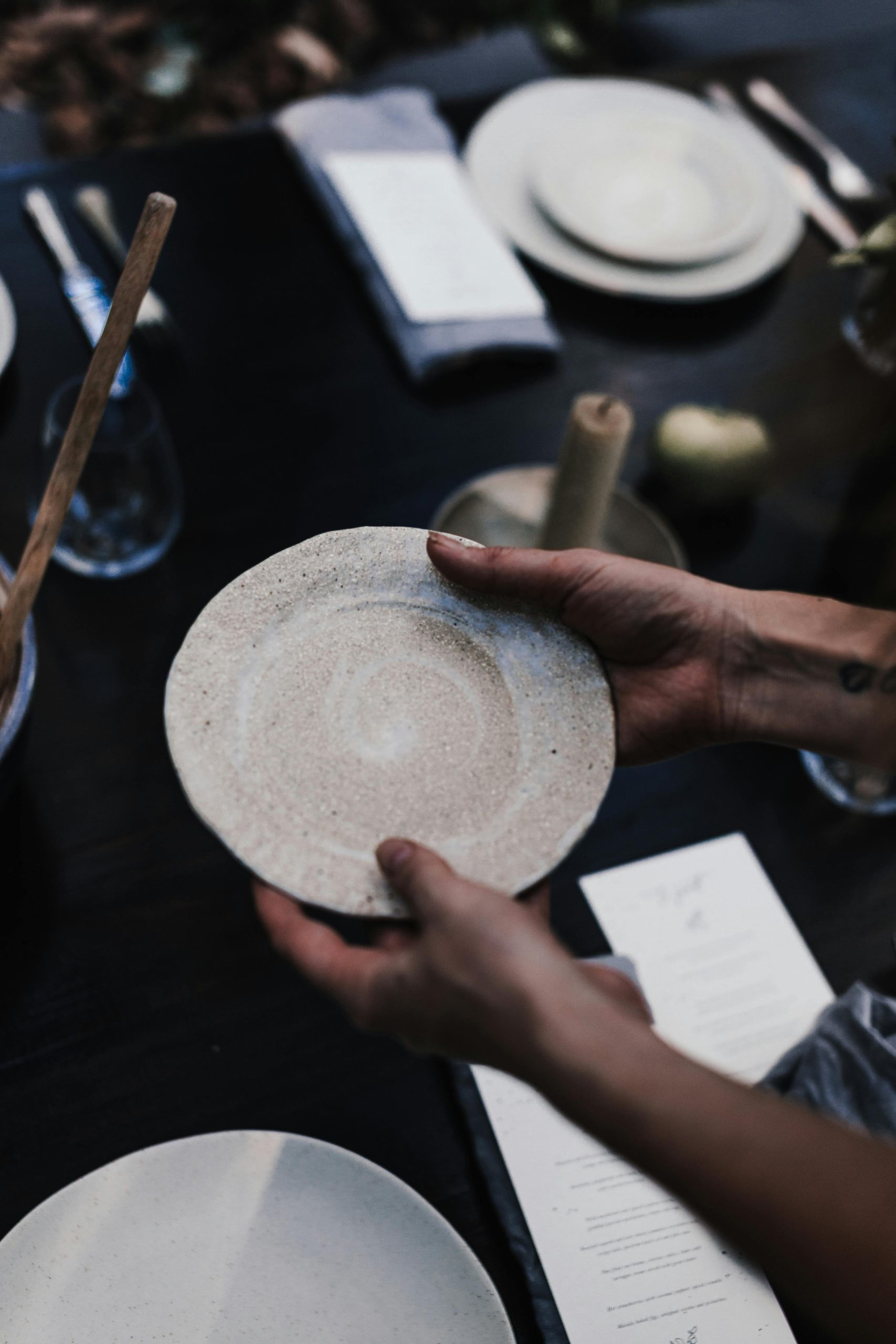Managing Heat for Nonstick Cooking
I have a question that might seem a bit naive, but I’m reaching out for some advice. I recently moved and purchased a new stainless steel cookware set, and I’ve noticed that my food is sticking much more than it did with my previous set, even though both were stainless steel and I’m using a different electric stove now.
I typically preheat the pan for a few minutes, then add oil and wait for it to shimmer, though I find it challenging to gauge the right moment. I did a bit of research on the Leidenfrost effect and discovered that the temperature might be too high; droplets should be dancing around (between 430-450°F) rather than evaporating right after they bead.
So, my main question is: how do you prevent food from sticking if you’re not trying to sear it? For example, I cook omelettes at a lower temperature (which could just be a matter of my technique), but I understand that different foods require different heat levels. Is stainless steel best suited for searing meat or fish to create fond? I’ve seen mixed opinions online regarding seasoning, so I’m curious about that as well. Additionally, do you find yourself constantly adjusting the heat while cooking? I appreciate any insights!

Leave a Reply
You must be logged in to post a comment.